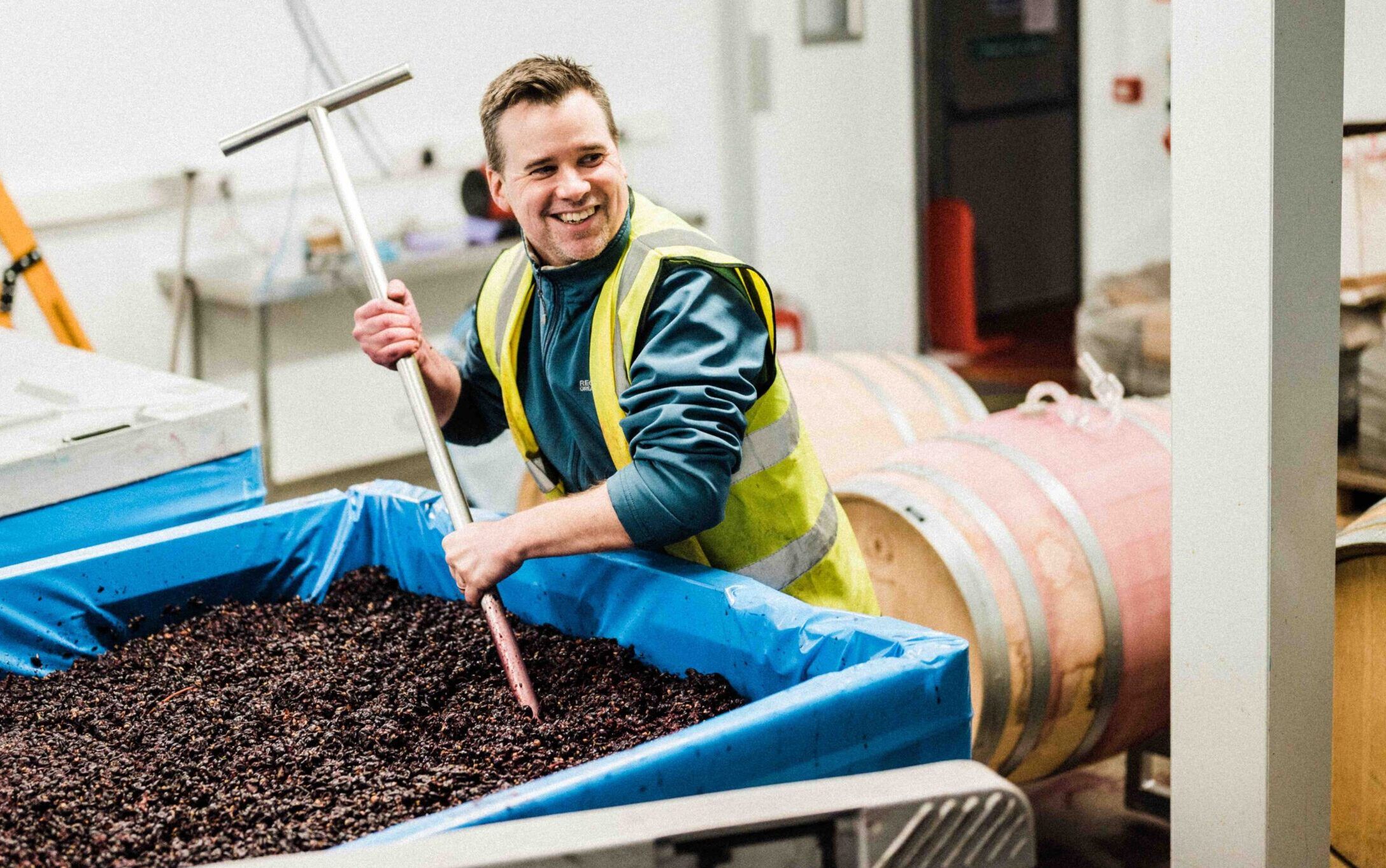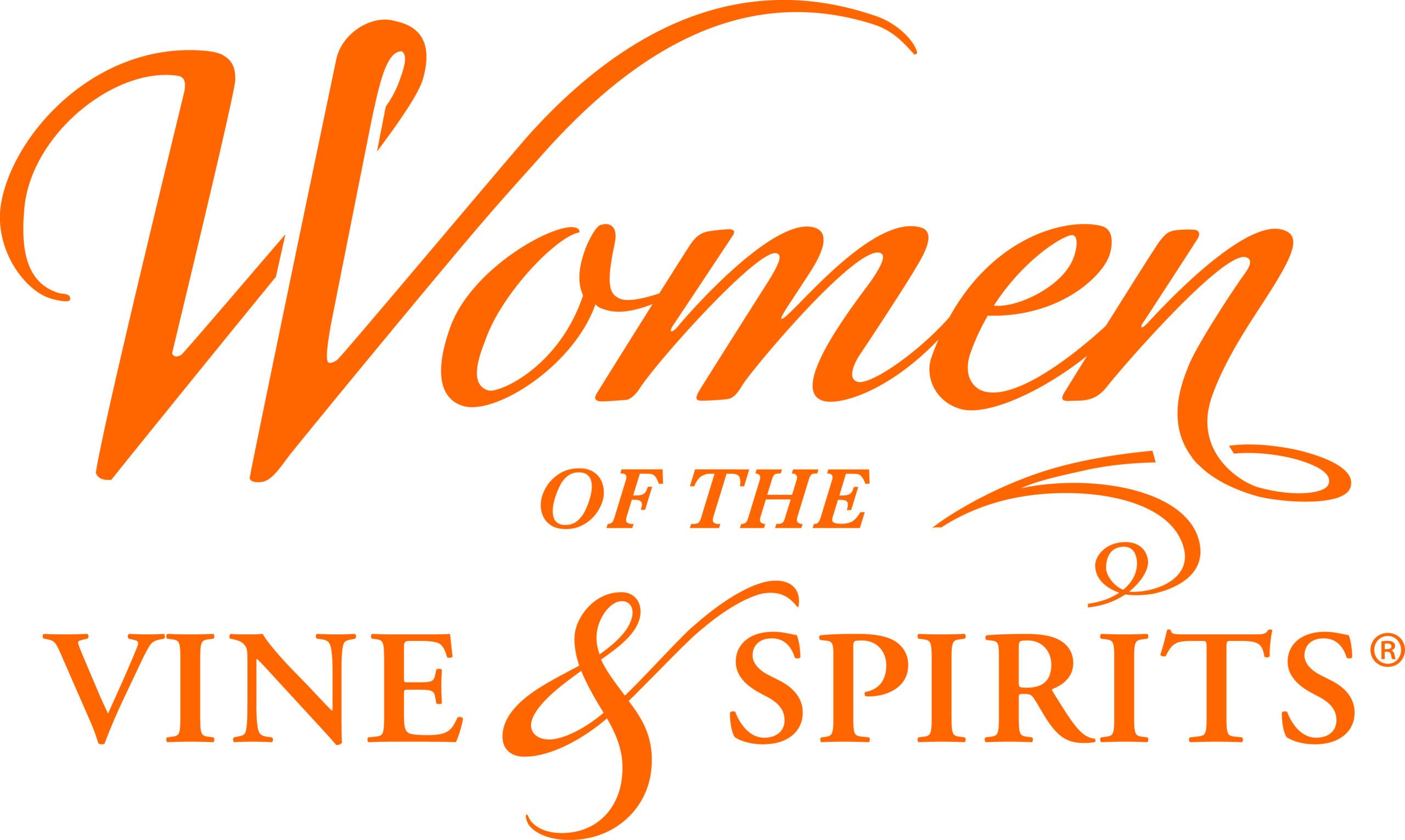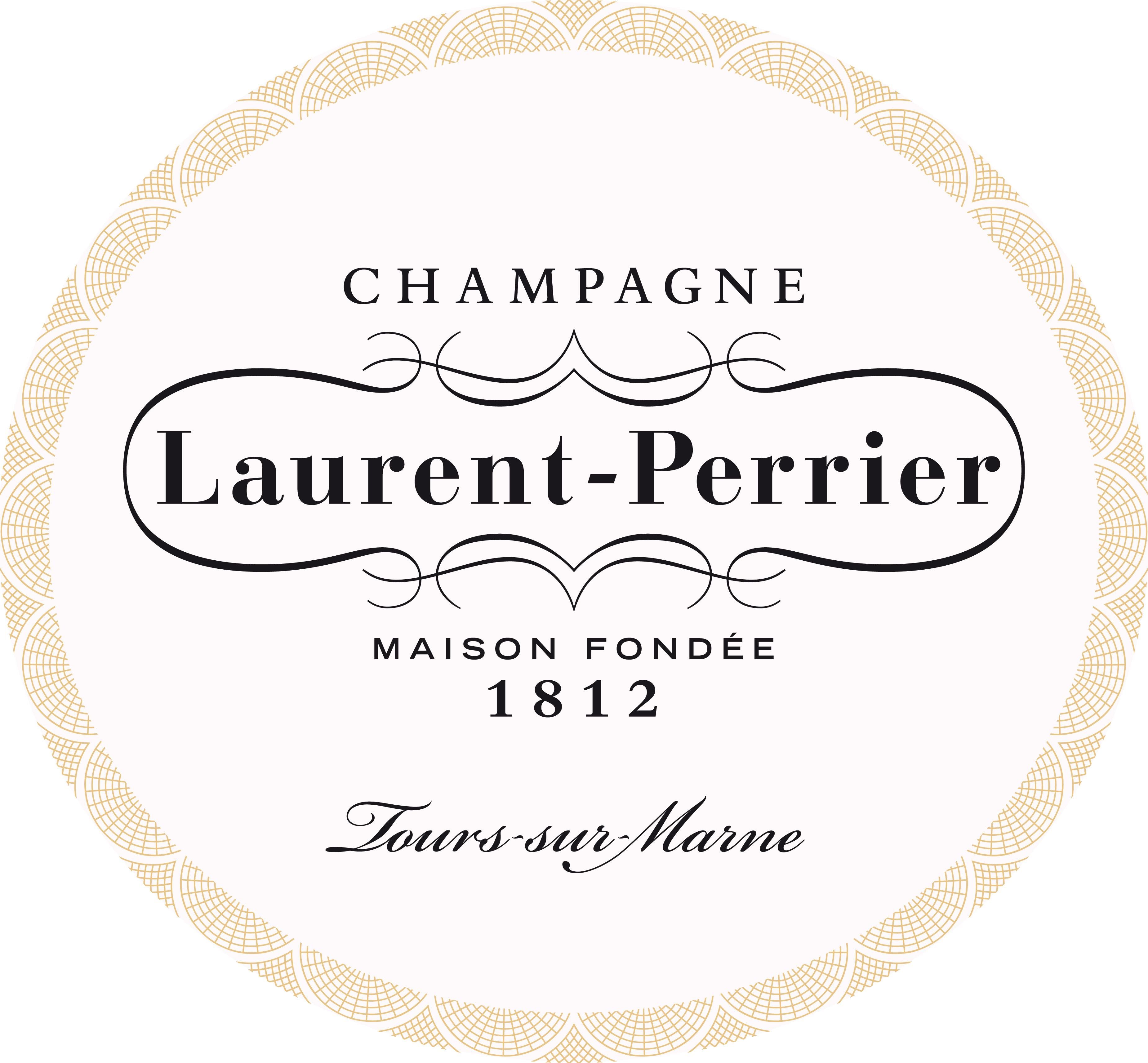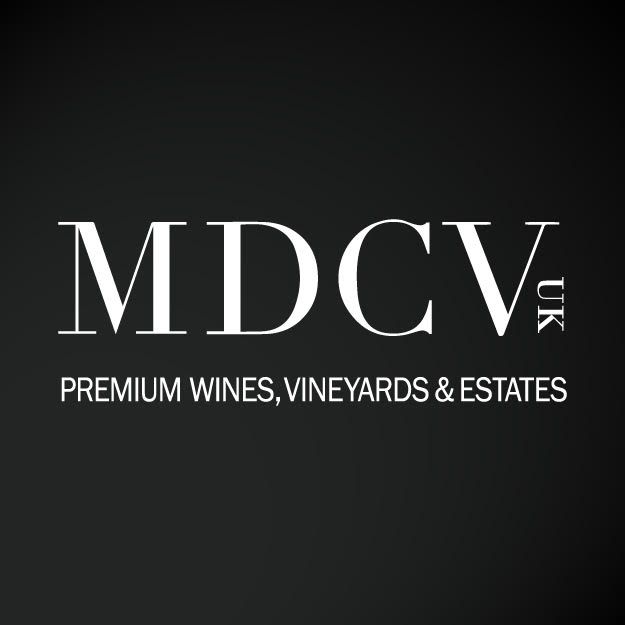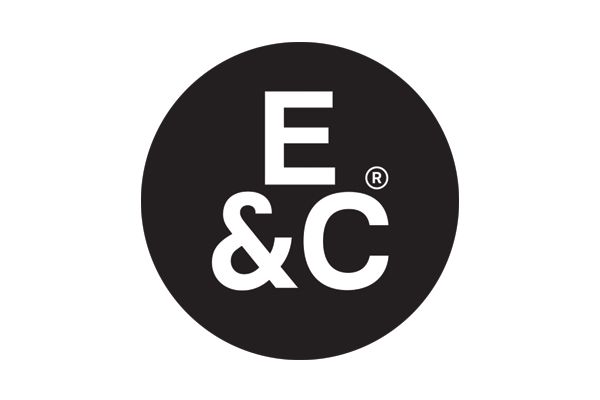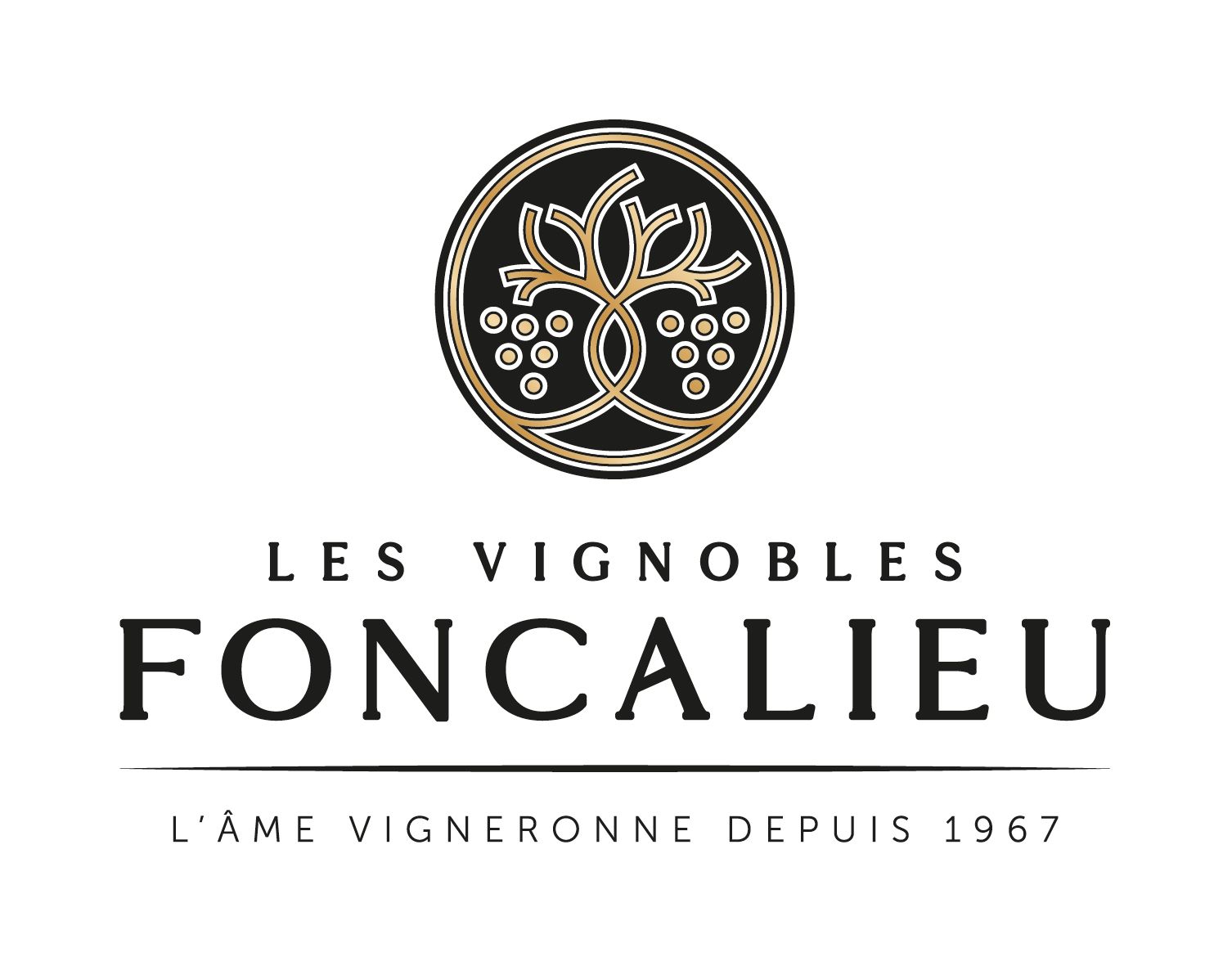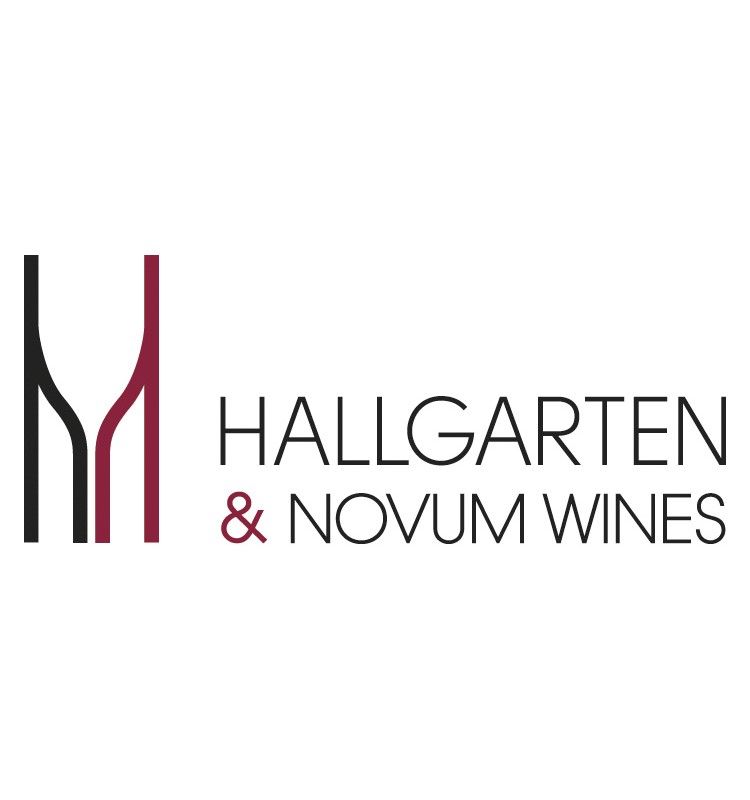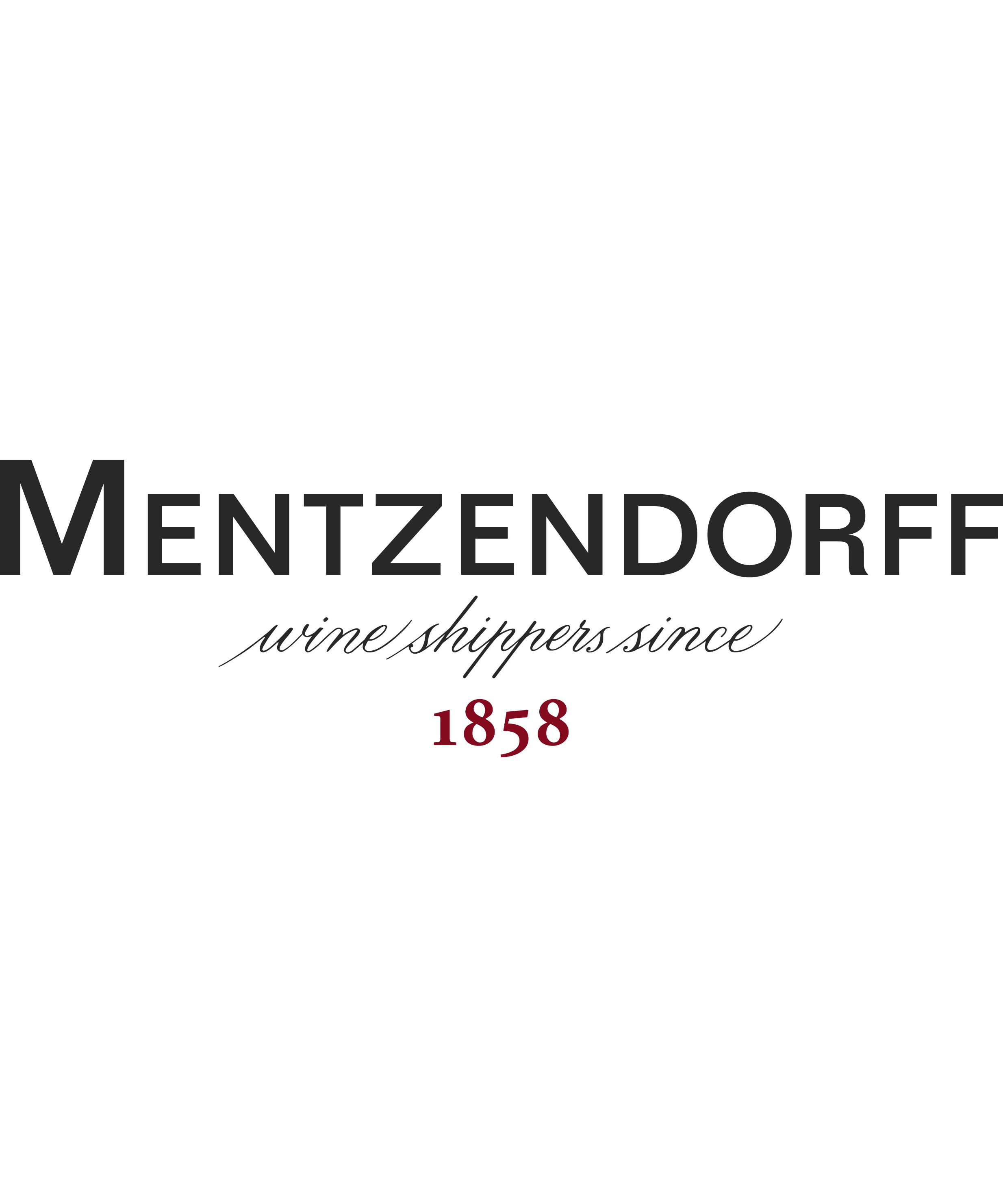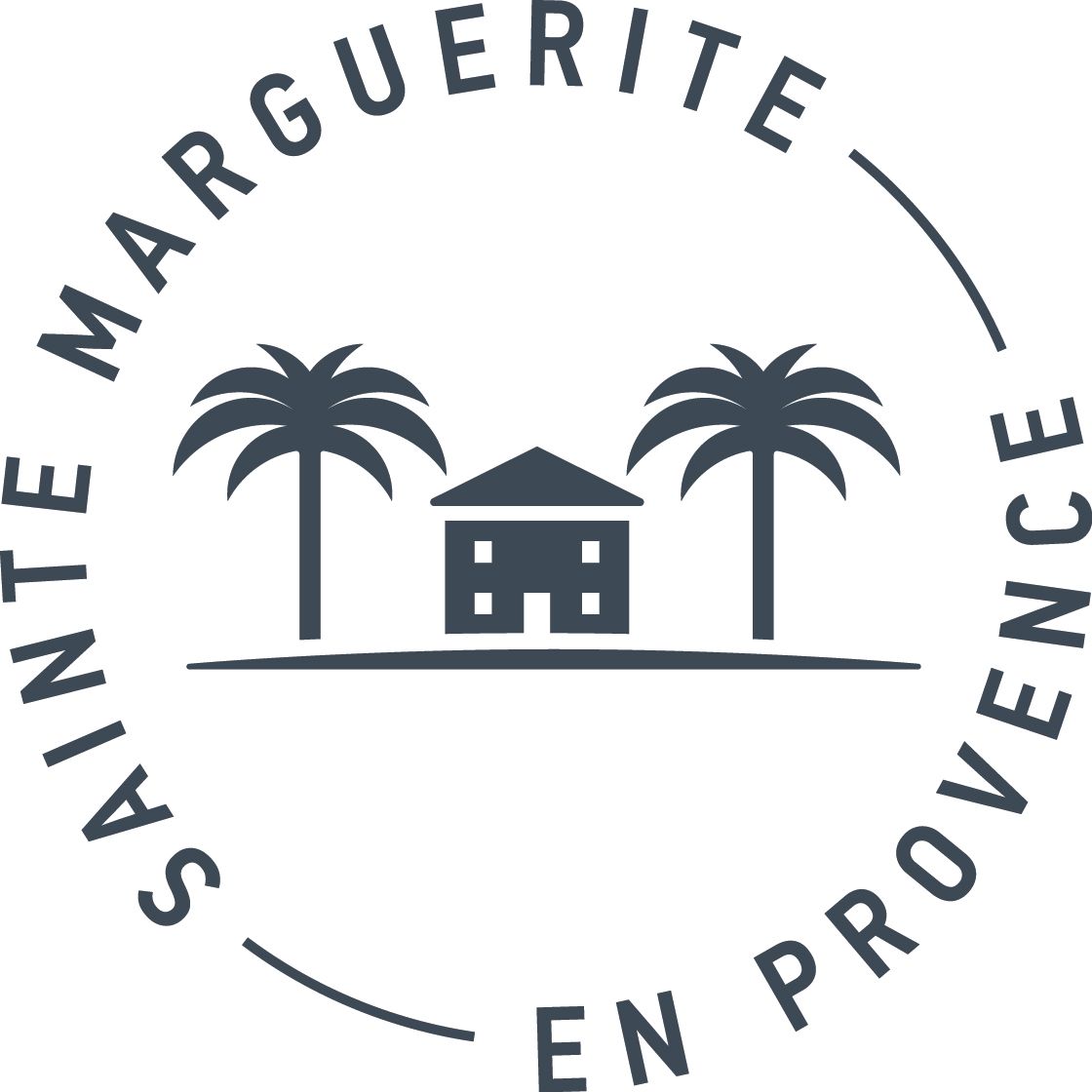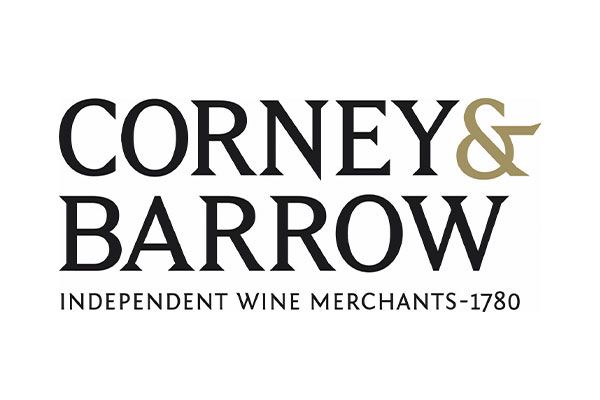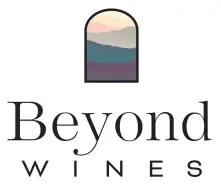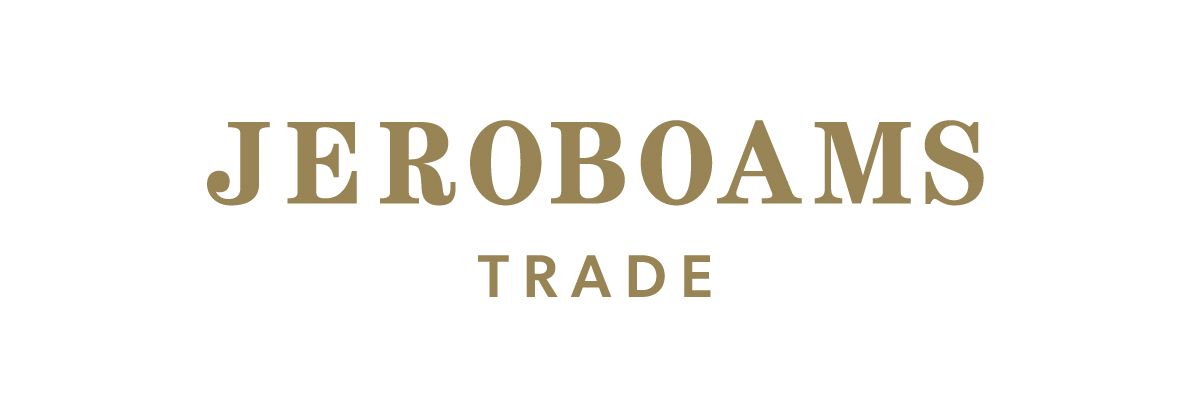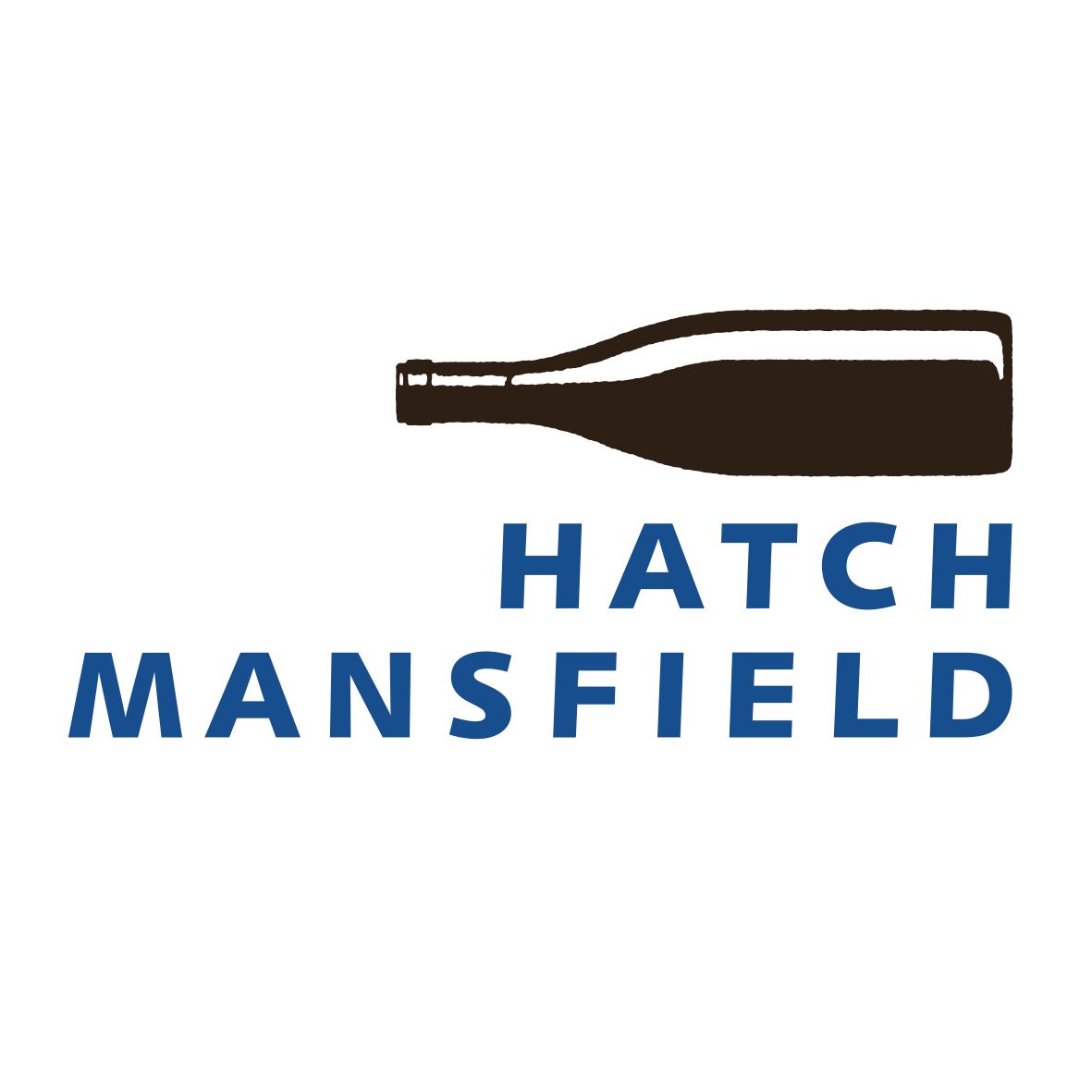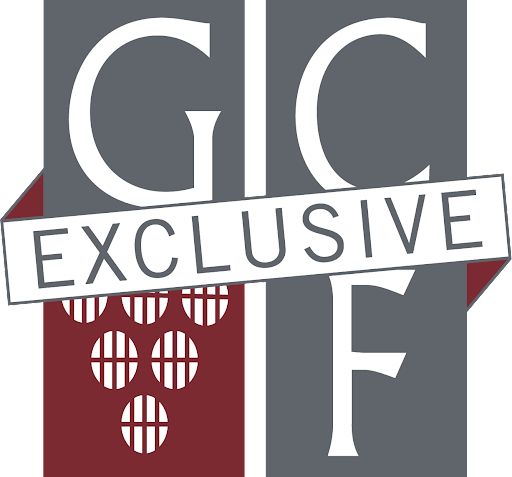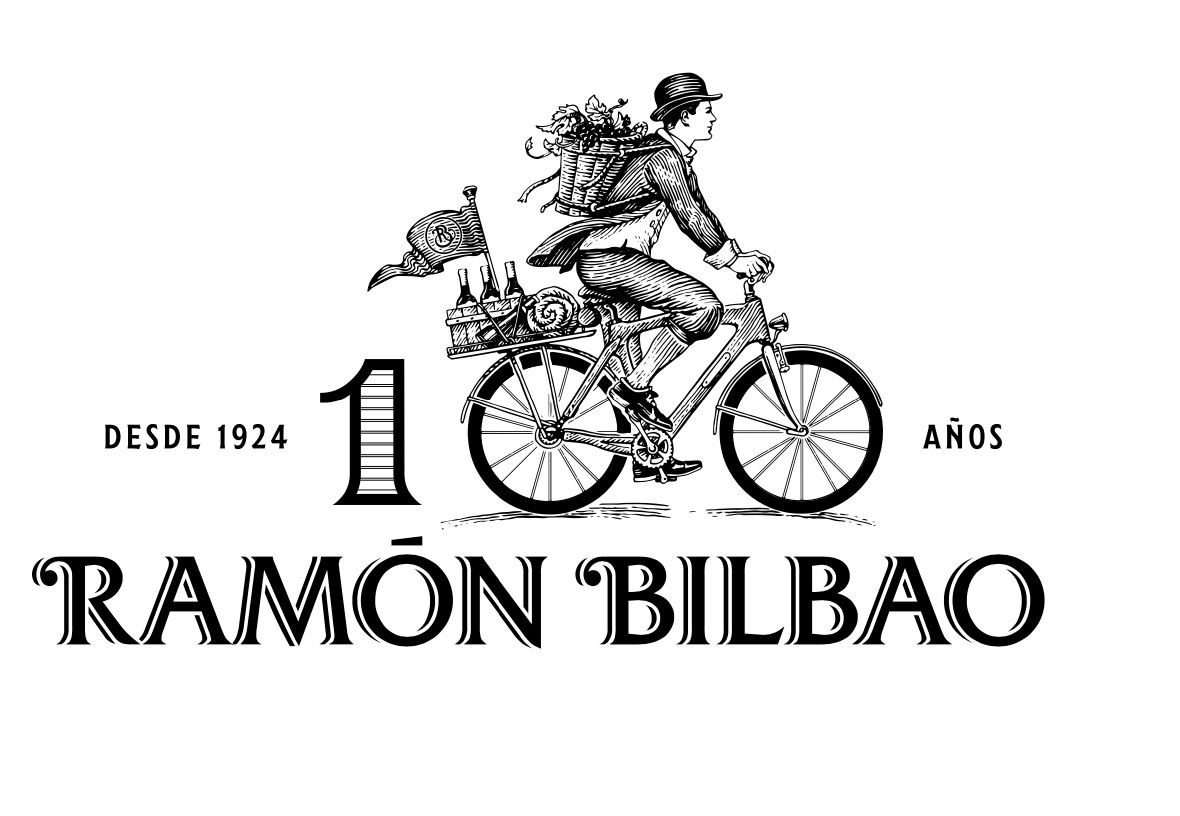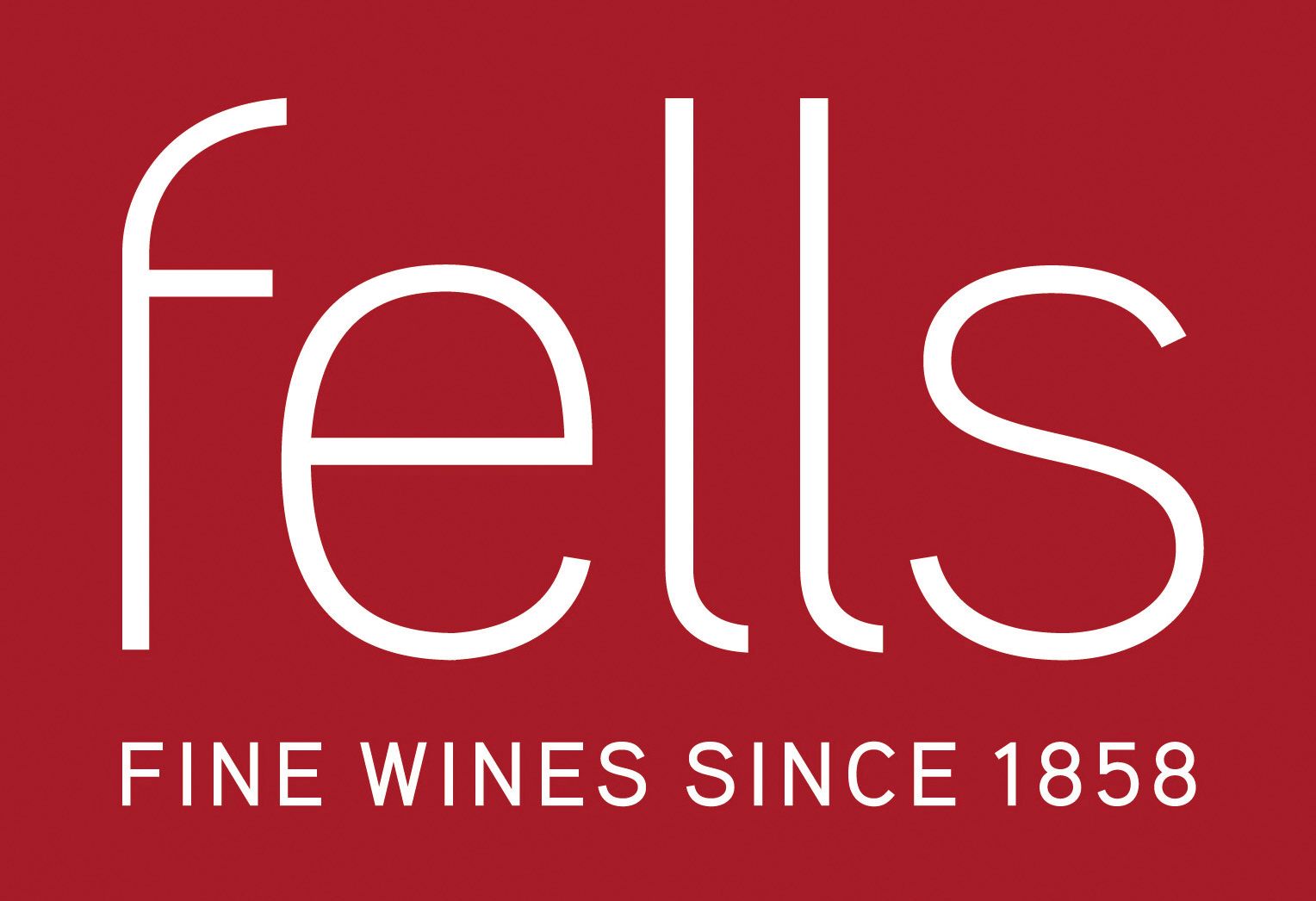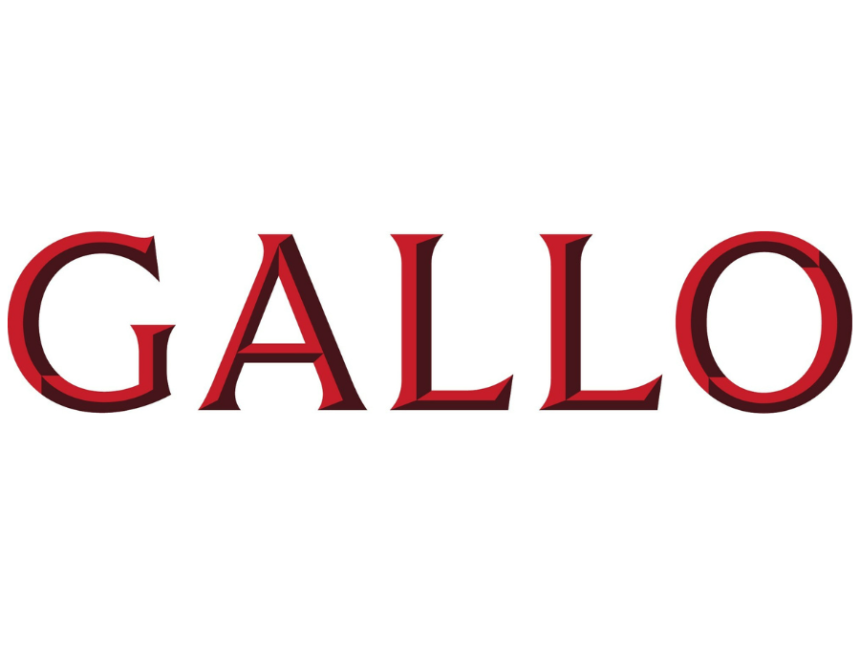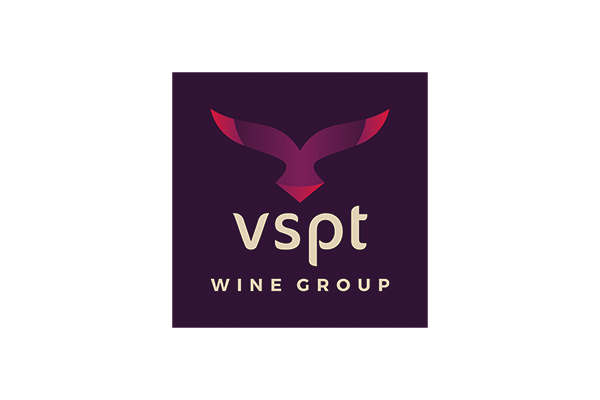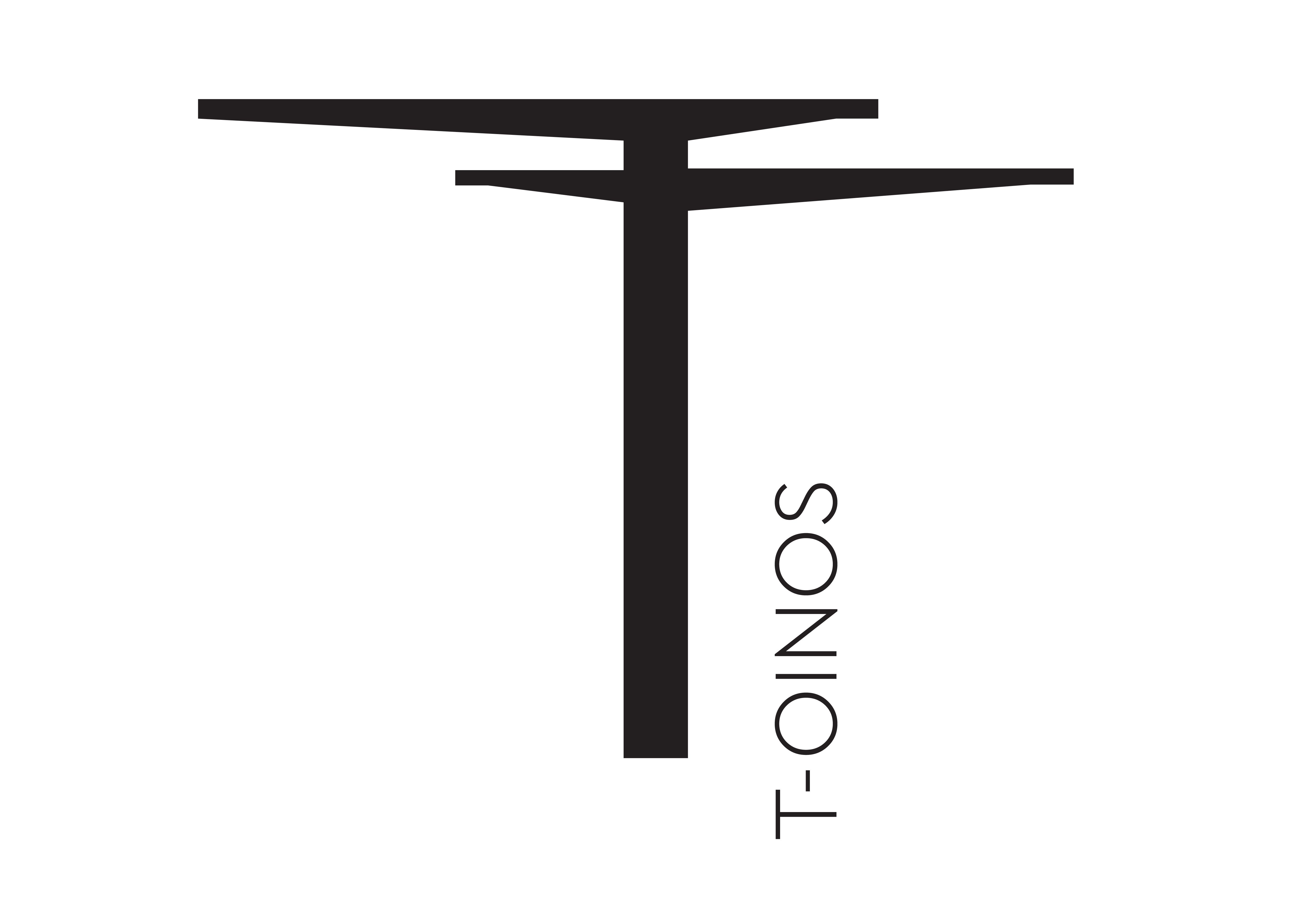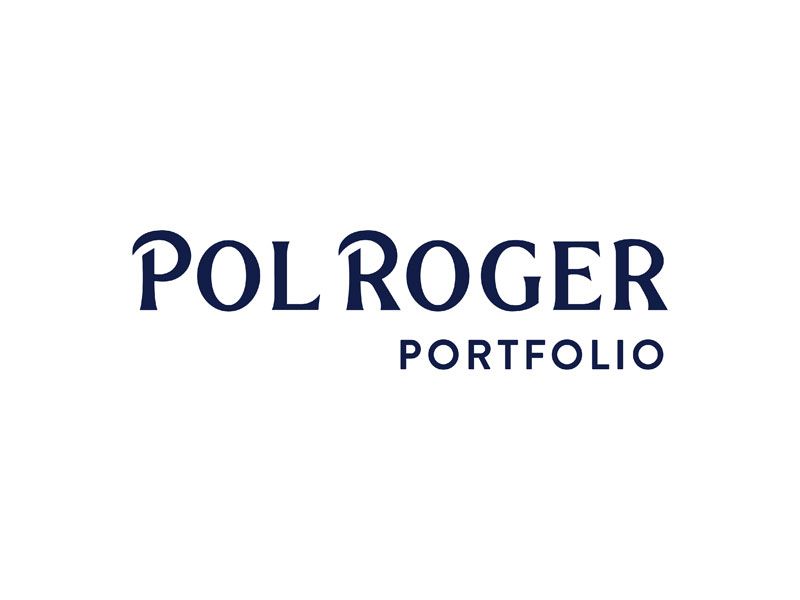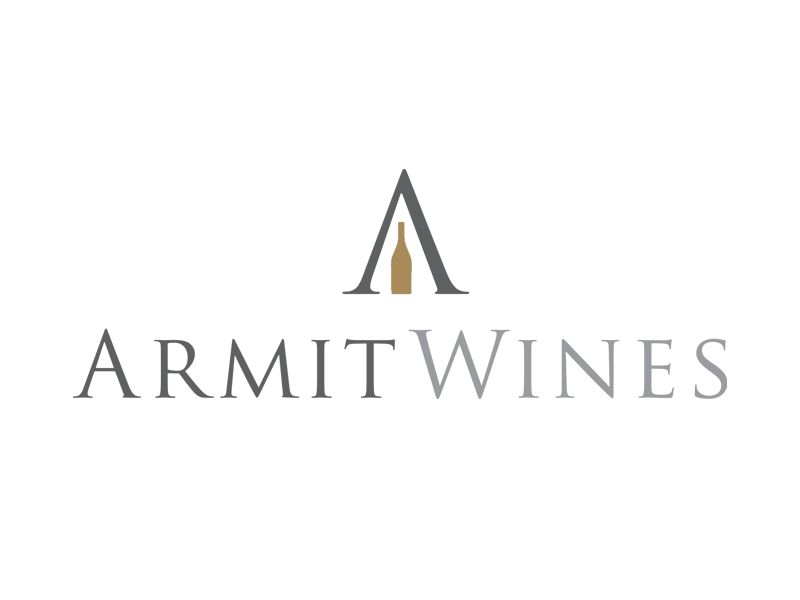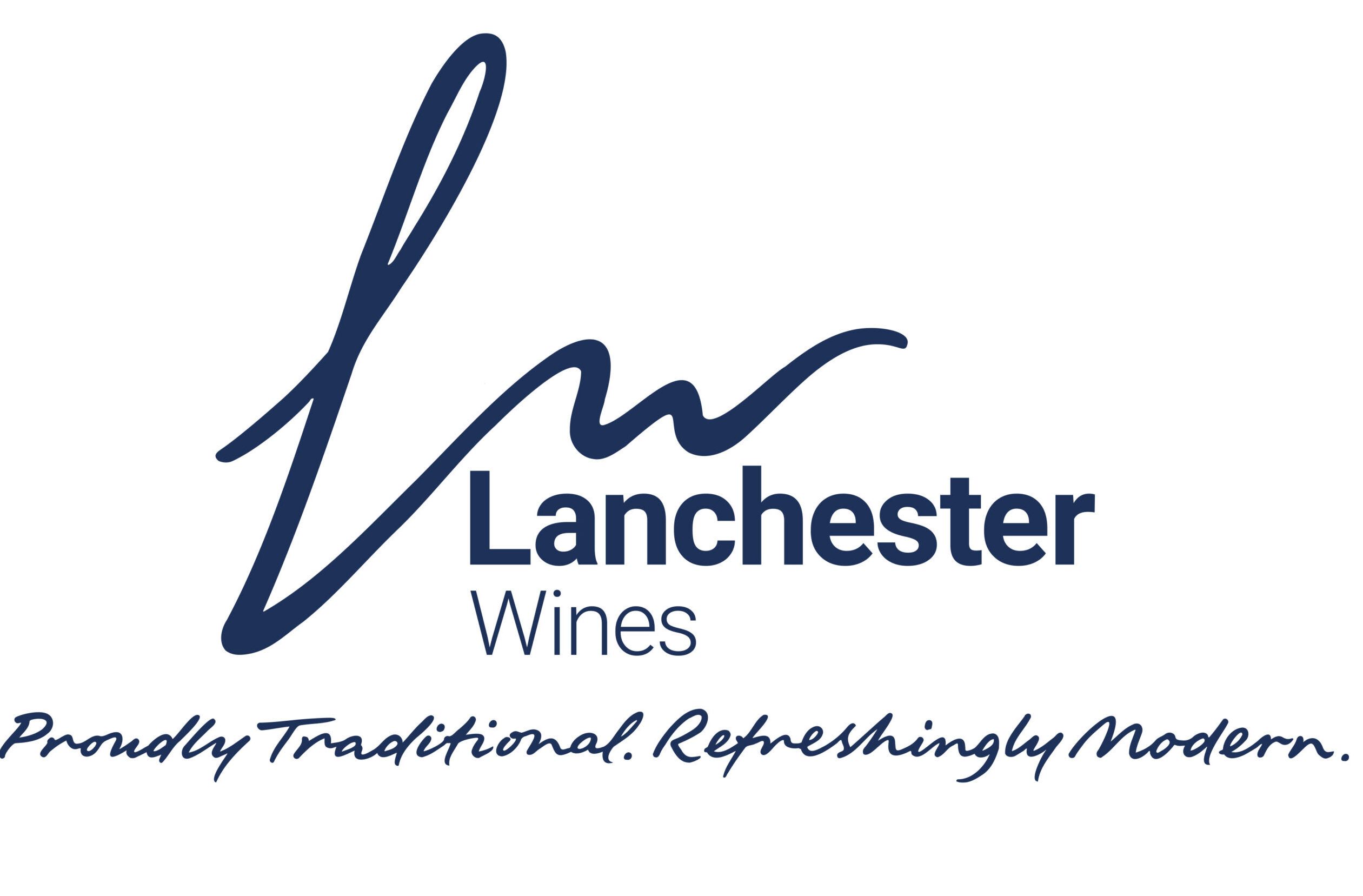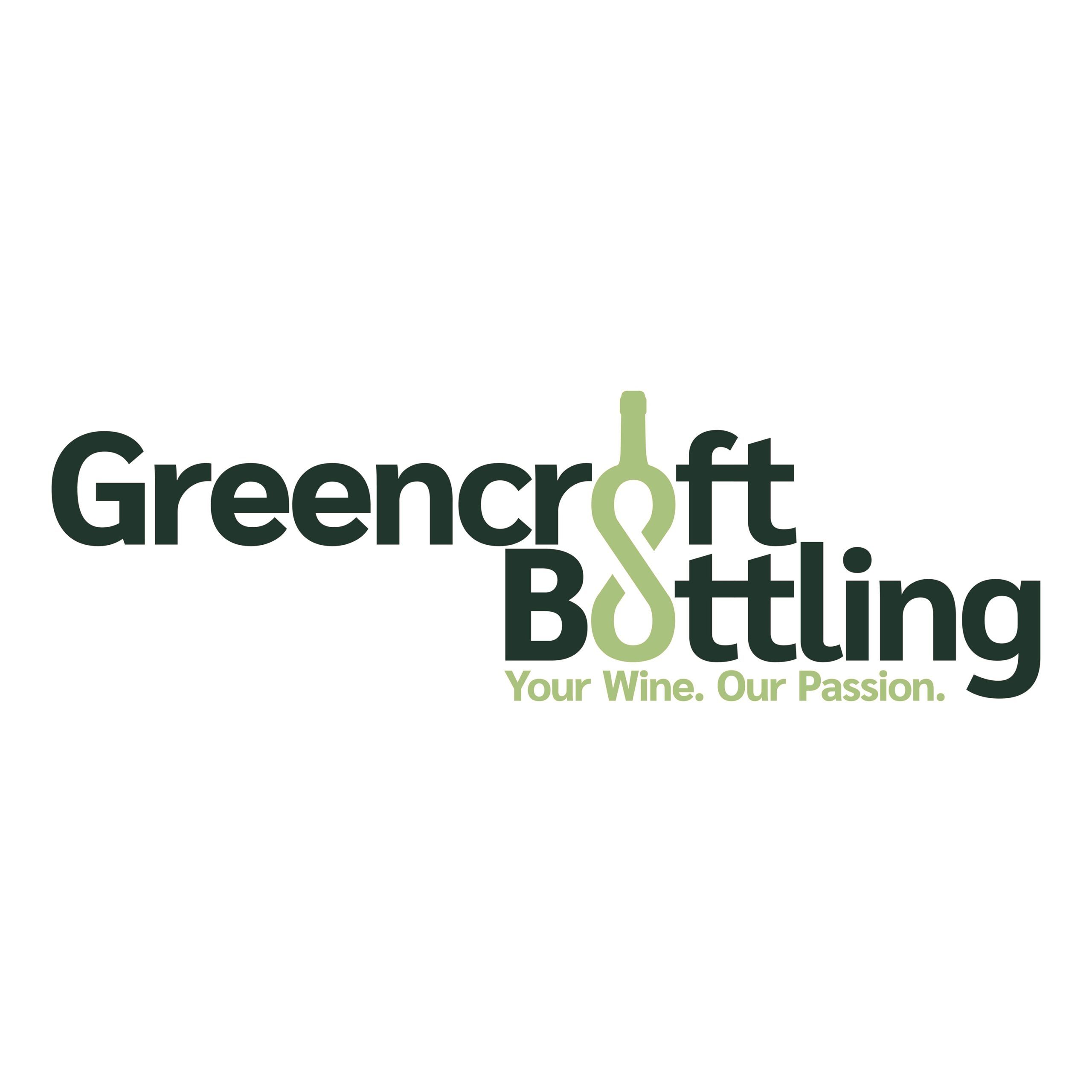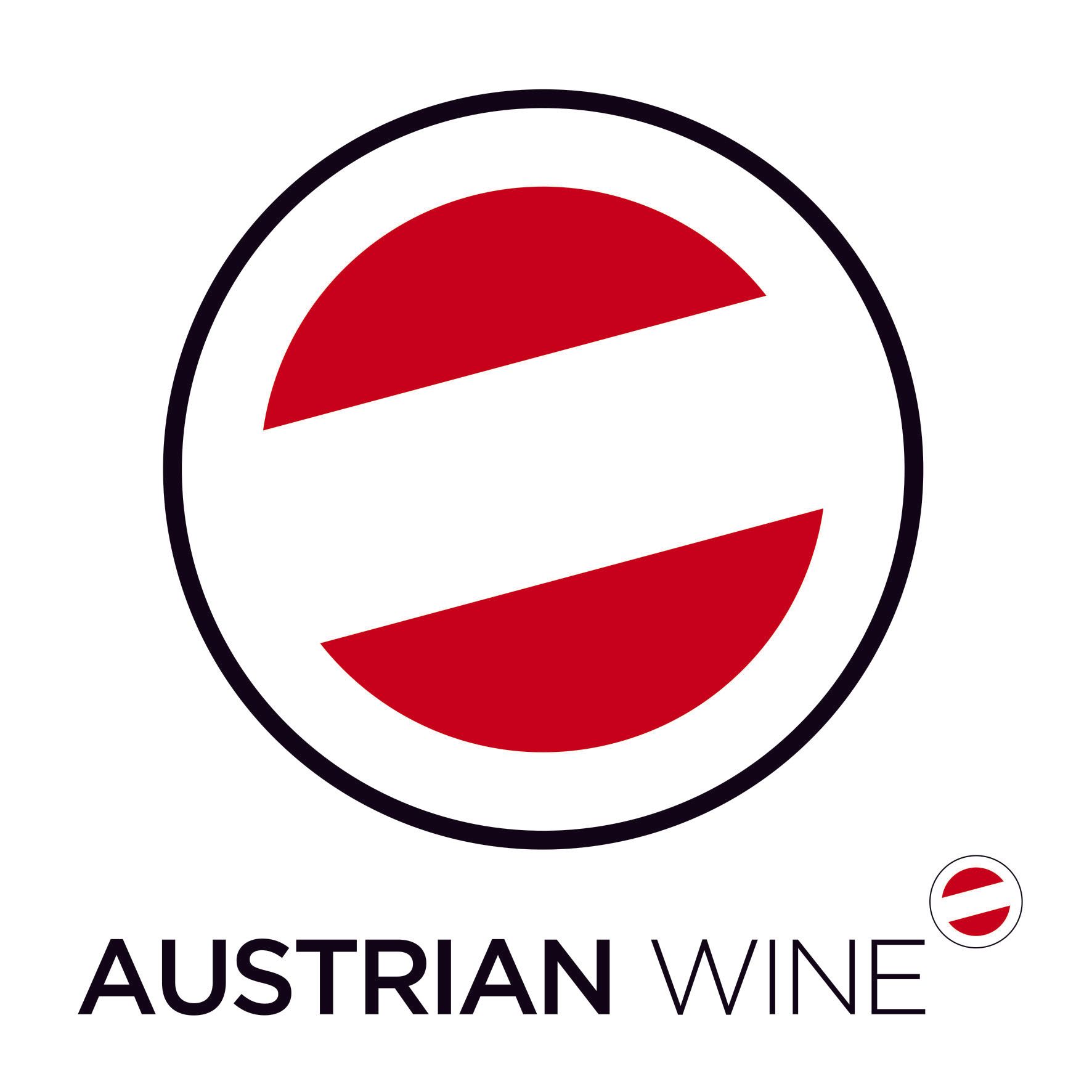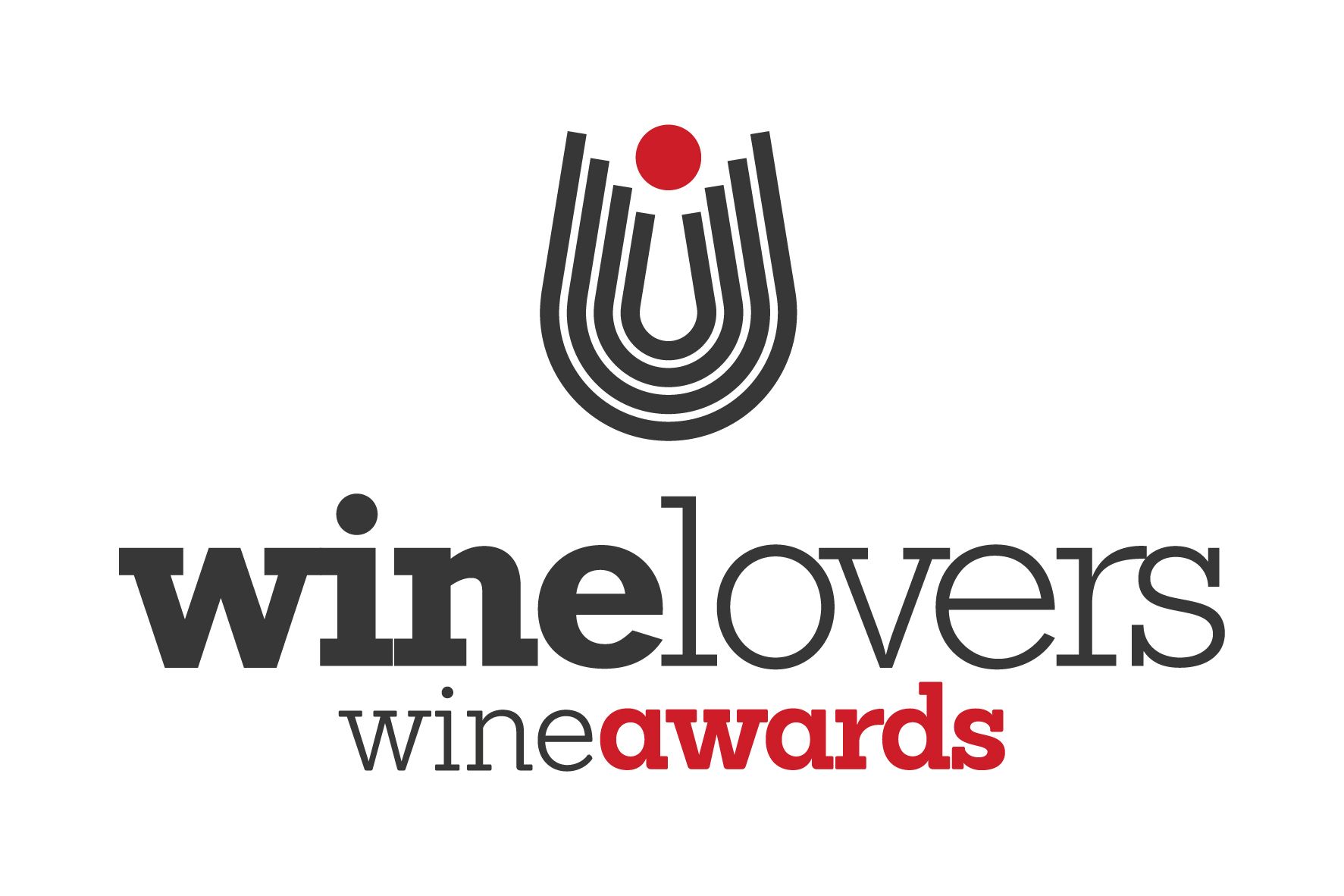“Still wine really is the future, for the industry and for us in particular. What we’ve achieved to date really is just the start,” says Lyme Bay Winery MD James Lambert.
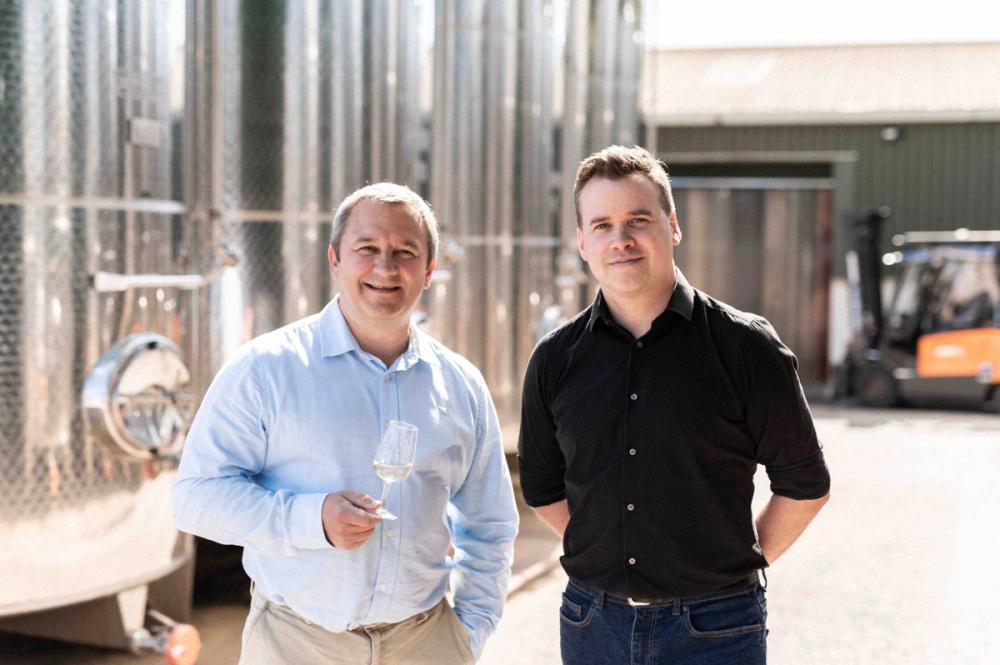
James Lambert, right, with sales and marketing director, Paul Sullivan
2022 was the year of the unexpected. Record-breaking weather, three prime ministers, four chancellors – as the Tories trashed the economy – and Ukraine’s agony all made it a year to remember. And not in a good way.
But then there were the nice surprises, including English still wine which, after years of being the ‘next Big Thing’, finally was that.
Since becoming serious (rather than mainly boutique) around 20 years ago, the English and Welsh wine industry has focused on sparkling wine, with producers seeing this as their niche, and something they could charge serious money for. Many also harboured strong suspicions that making quality English still wine in a sustainable and commercial way was beyond their reach, because of our unpredictable climate, the high cost of land and labour, and many other things besides.
Lyme Bay Winery and the potential for still wine
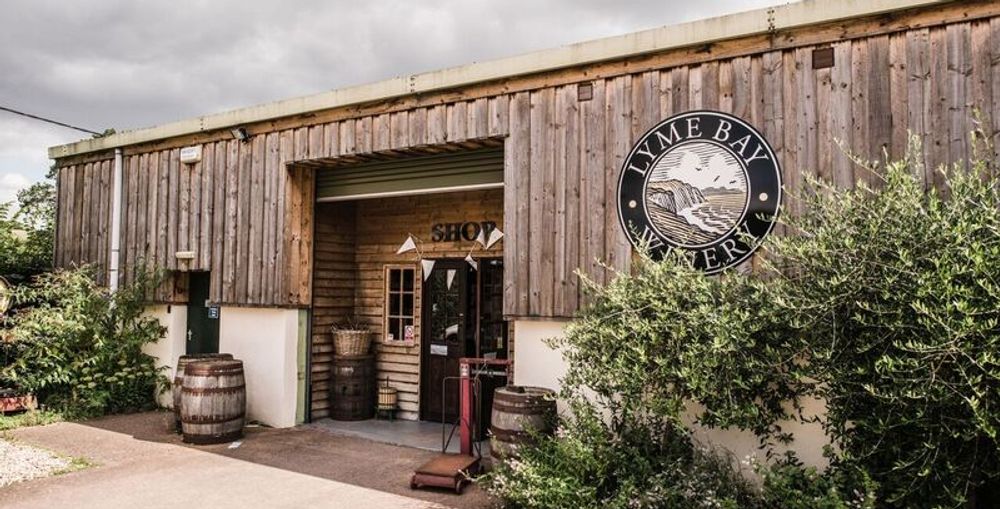
But with the UK recording its highest ever temperatures during 2022, and the industry benefiting from increasing economies of scale, more wineries are looking set to join the likes of Balfour Wines and Bolney Estate in prioritising still over bubbles. They include the Devon-based Lyme Bay Winery, which produced around 300,00 bottles last year, two thirds of them still – the inverse of most English producers – and some 20 different wines, as well as contract wines for customers as diverse as Aldi and Michael Caines’ Lympstone Manor.
“I think the still potential here is far, far greater than what’s been achieved so far – producers across the country are only really beginning to wake up to this,” says Lyme Bay Winery MD James Lambert, who had his own personal epiphany with the great 2020 vintage.
Lyme Bay Winery’s figures speak for themselves. Pinot Noir production has increased from 10,000 bottles in 2020 and 16,000 in 2021 to 20,000 last year, with the winery claiming to be now the UK’s largest Pinot Noir producer.
“All being well, and harvests permitting, we should be looking at 60,000 bottles by end 2024. Although there is potential for other red varieties – crossings and maybe also Cabernet Franc – our focus will remain on Pinot because I think it does really well here.”
Lambert’s views on Pinot Noir’s great future in the UK is echoed by the wine consultancy group Vinescapes which in July 2022 released research suggesting global warming could provide a huge boost to the UK wine industry. Rising temperatures of at least 1.4°C in the growing season by 2040 will make growing Pinot, as well as other varieties like Riesling, Sauvignon Blanc and Semillon, viable in many areas currently not even under vine.
Lyme Bay Winery’s wines today
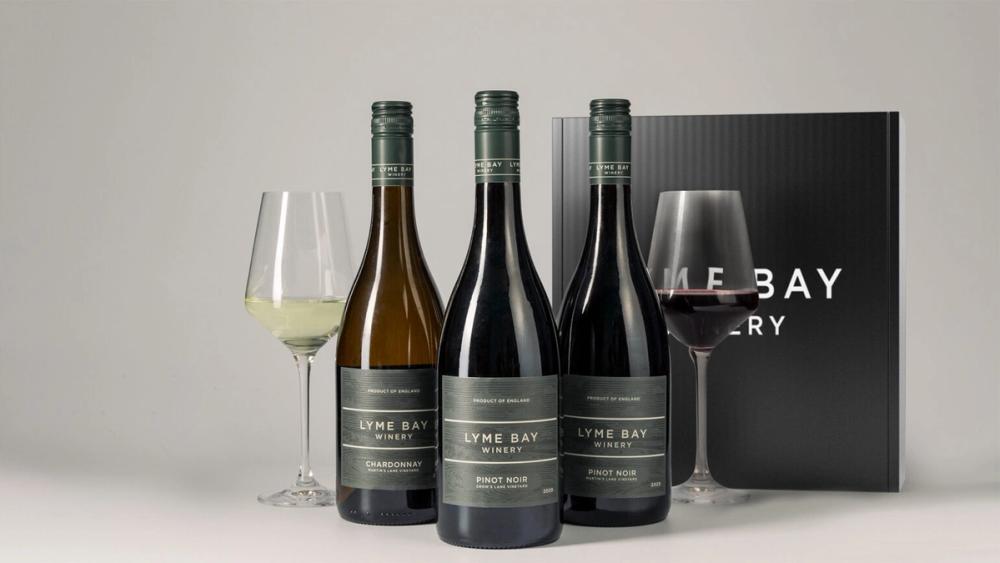
An exciting future then but what about the wines Lyme Bay Winery is making today?
This producer, it would be fair to say, is something out of the ordinary, even by UK standards. It started out in 1993 as a producer of cider then moved onto fruit wine and mead sold mainly in West Country tourist outlets (although Lyme Bay Winery is currently the largest producer of both in the UK). In 2006 founder Nigel Howard turned to James Lambert to start up serious wine production and their wine odyssey began, planting some vineyards nearby and focusing initially on sparkling wine with some still whites for good measure.
Lambert became MD and winemaker in 2016 and a new owner for the business was made in the shape of F. Ball, a floor adhesives producer with no connection to wine. But it’s only been recently that Lyme Bay Winery has become serious about making quality still wine with most of the fruit hailing from Essex where the estate has developed long-term grower contracts.
Last year saw it produced two single vineyard 2020 Pinots alongside a single vineyard 2020 Chardonnay – a grape Lambert also believes has great untapped still wine potential in the UK – in addition to its solid and well-priced main line-up, which includes several Bacchus wines, and its benchmark Lyme Bay Pinot, Lyme Bay Chardonnay and blended white Lyme Bay Shoreline. The Shoreline 2021 – sold through Waitrose and other outlets – is a particular joy, blending Seyval Blanc, Bacchus, Solaris, Pinot Noir, Reichensteiner and Ortega fruit from vineyards in Devon, Oxfordshire and Essex (Crouch Valley) to produce a light, moreish and well-balanced wine that makes a perfect aperitif or accompaniment to fish.
Tasting through the new single vineyard wines though was a real joy. The two Pinots – the Martin’s Lane 2020 and the Crows Lane 2020 – are high quality and quite mutually distinctive, the former slightly weightier and more spicy, with blueberry and cherry on the palate, the latter showing more elegance and red fruit, including red cherry, and great freshness. Both have great complexity and character, a long finish and to me at least, suggest Central Otago rather than Essex.
The Martin’s Lane Chardonnay 2020 is similarly distinctive, showing salinity and a struck match character on the attack but then a very broad palate, with peach, apple, pear and almond notes. Fermented in stainless steel and then aged in large used oak barrels for 10 months, there is freshness, good balance and complexity here. Like the two Pinots, the wine will clearly benefit from ageing.
Quality not quantity
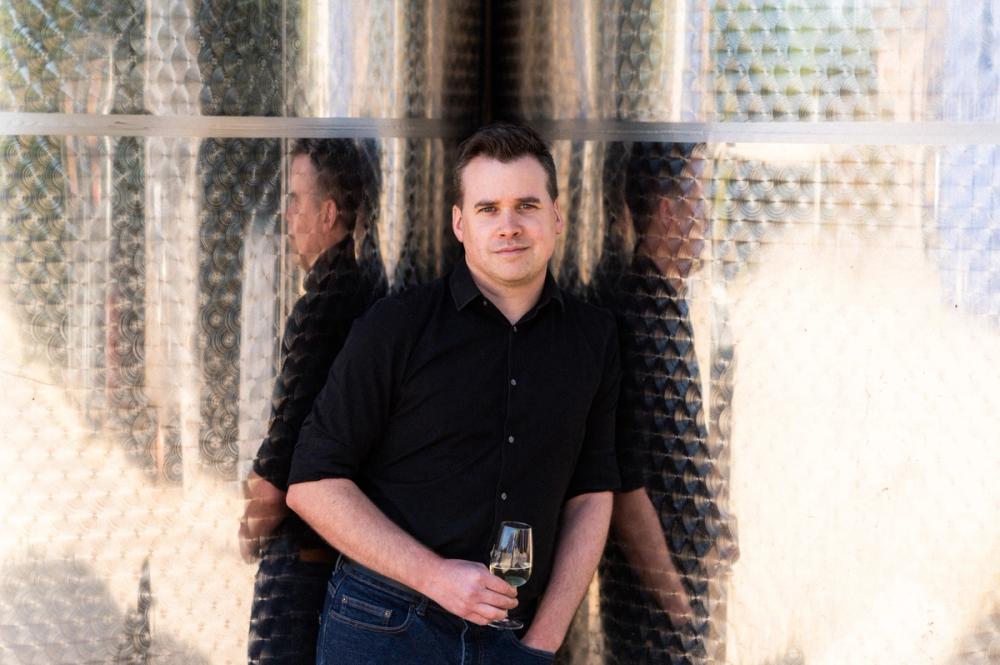
“Still wine really is the future,” says James Lambert
OK, these wines are expensive (the two Pinots check in at around £40 a bottle the Chardonnay around £30) but the quality is definitely there, although volume is tiny (less than 1000 bottles of each), which suggests the main market for these will probably be on-trade, although DTC and off trade will also remain important, for the single vineyard wines as well as the main line up, with Lambert keen to keep distribution diversified.
Lambert is adamant that these wines will dispel the long established bias that winery and vineyard must be next to one another; all the fruit for the still wines comes from Crouch Valley in Essex from vineyards also used by other English wine producers, which is hardly ‘around the corner’ from Lyme Bay Winery in Axminster,
“There’s this expectation that you can only make something special if the vineyard is in sight of the winery. Our grapes are all hand-picked, immediately transported and are being processed at the winery within four to five hours,” he says, adding that the emphasis for these wines is very much on quality rather than quantity.
“Nigel Greening (owner of leading New Zealand producer Felton Road) made us realise early on that we should forget about yield and put the focus on quality. That’s how he has built his reputation and that’s the route we plan to follow too.”
Lambert says the Lyme Bay Winery approach of sourcing grapes from across the UK has given it an unique perspective on vineyard sites, something domain-focused producers simply can’t have.
“Essex’s Crouch Valley’s clay-based soils are very special and have an ability to hold onto moisture which is key to producing good grapes. I believe this quality is particularly apparent in our single vineyard wines, where site location and clone selection are absolutely key.”
He is confident that wines made from the 2022 harvest – which he calls “cracking” after the tricky and disappointing 2021 vintage – will be of a similar high quality and argues that the demand for single vineyard wines will increasingly define the industry.
“We’ve talked a lot about Crouch Valley and Essex but there are lots of other sites out there just waiting to be discovered, whilst other new vineyards are coming on-stream as well,” he says.
In the meantime, it would seem, word is getting around about Lyme Bay Winery wines. Its Shoreline 2021 has won awards across the industry whilst the Lyme Bay Pinot Noir 2020 was the only English still red to win a trophy at the IWSC awards, also winning awards from Decanter and the International Wine Challenge. This has helped it boost exports to foreign markets including Scandinavia, Canada and Singapore.
“Still wine really is the future, for the industry and for us in particular. What we’ve achieved to date really is just the start.”
